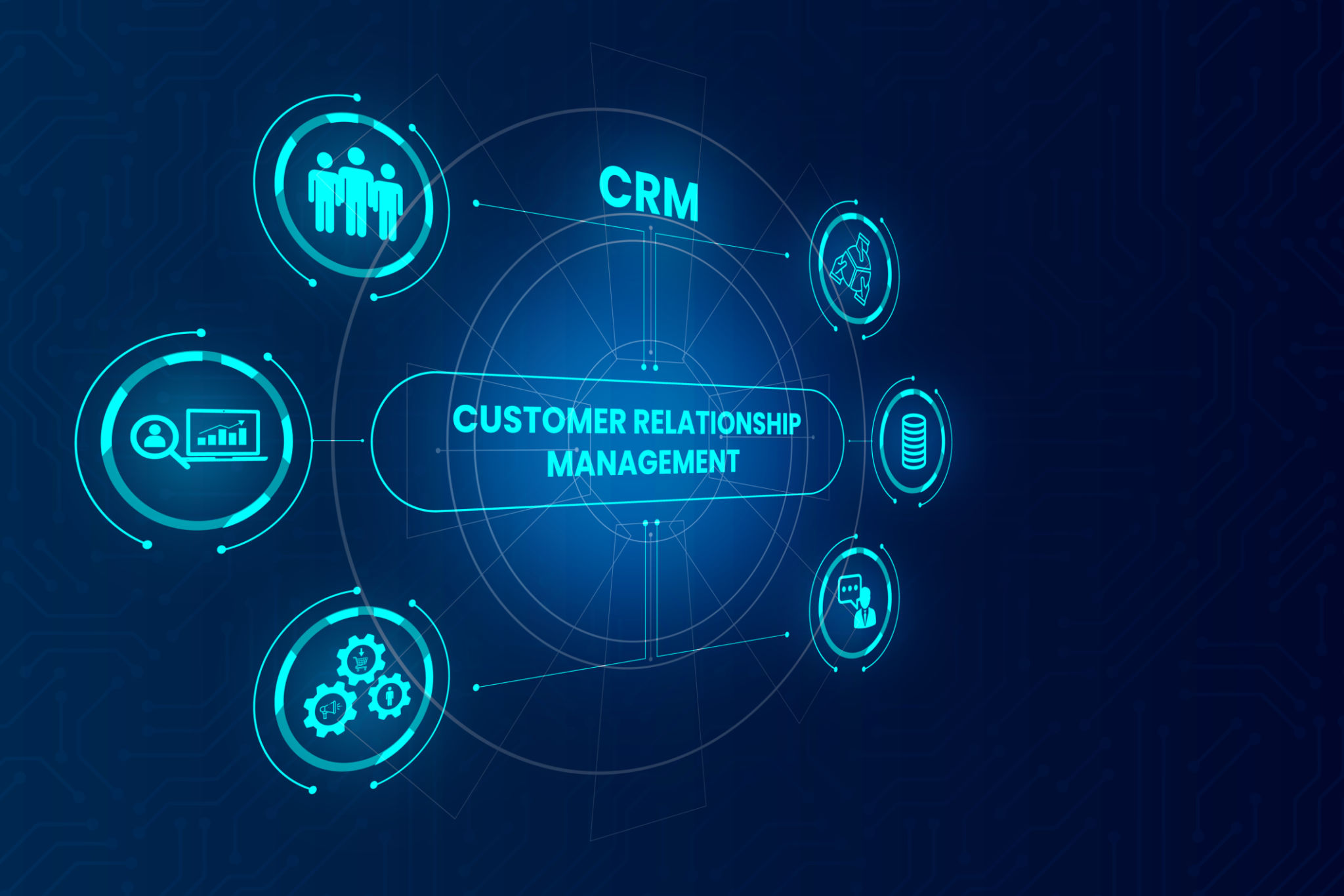Implementing CRM Solutions in B2C Environments: A Step-by-Step Guide
Understanding the Basics of CRM in B2C
Customer Relationship Management (CRM) solutions are vital tools in the B2C (Business-to-Consumer) sector, enabling businesses to manage interactions with current and potential customers effectively. Implementing CRM solutions can significantly enhance customer experience, streamline communication, and drive sales growth.
Before diving into the implementation process, it's crucial to understand what a CRM system can do for your business. A CRM system helps in organizing customer information, tracking interactions, and automating various marketing tasks. By having a comprehensive view of customer interactions, businesses can tailor their marketing strategies more effectively.

Setting Clear Objectives
The first step in implementing a CRM solution is setting clear objectives. Understanding what you aim to achieve with a CRM system is essential for its success. Objectives may include improving customer service, increasing sales, or enhancing marketing efforts. Clearly defined goals will guide the selection and customization of your CRM software.
Once objectives are set, prioritize them based on your business needs. This prioritization ensures that the most critical aspects are addressed first, paving the way for a more organized implementation process.
Selecting the Right CRM Solution
Choosing the right CRM solution is pivotal. With numerous options available, it's important to select a platform that aligns with your business requirements and budget. Factors to consider include ease of use, scalability, integration capabilities, and the level of customer support offered by the provider.
Engage with multiple vendors and request demos to understand the functionalities of different CRM systems. This hands-on experience can help identify which solution meets your specific needs best.

Data Migration and Integration
Data migration is a crucial phase in CRM implementation. It involves transferring existing customer data into the new system. Ensuring data accuracy and consistency during this stage is vital to avoid potential issues down the line.
Integration with existing systems is also necessary for seamless operations. This could include integration with email marketing platforms, social media channels, or e-commerce systems. Proper integration ensures that all relevant data is synchronized across platforms, offering a single view of customer interactions.
Training and Adoption
Once the CRM system is ready, training your team is key to successful adoption. Employees need to understand how to use the system efficiently to maximize its benefits. Offering comprehensive training sessions and resources can ease the transition and encourage usage.

Additionally, fostering a culture that embraces technology and change is important for long-term success. Encourage feedback from team members to continuously improve the system's utilization and address any challenges they may face.
Monitoring and Optimization
After implementation, continuously monitor the performance of your CRM system. Analyzing its impact on customer engagement and sales metrics will help identify areas for improvement. Regularly update your CRM strategy based on these insights to ensure it remains aligned with your business objectives.
Optimization might involve tweaking workflows, adding new features, or integrating additional tools that can enhance the CRM's capabilities. Keeping the system updated will ensure it continues to meet evolving business needs effectively.
